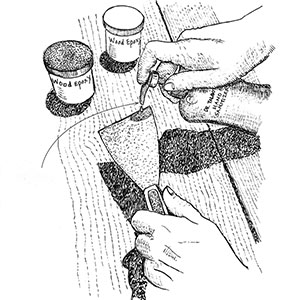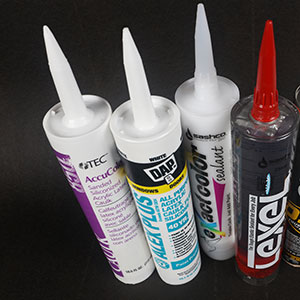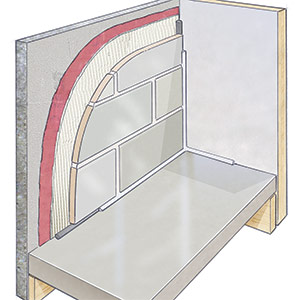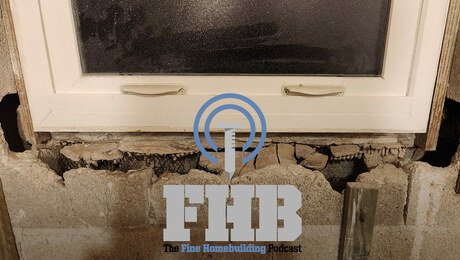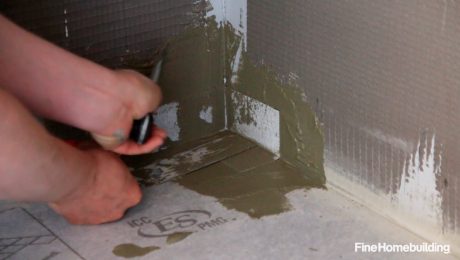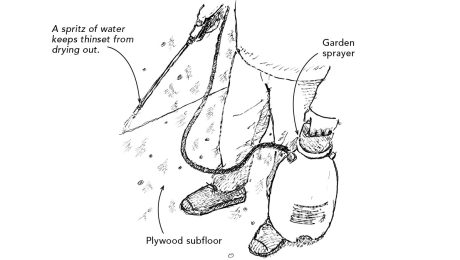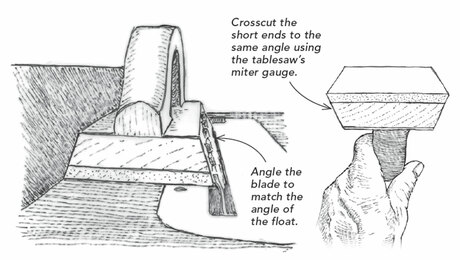Good-as-New Grout Float
Trimming the edges of a worn grout float can extend its life.
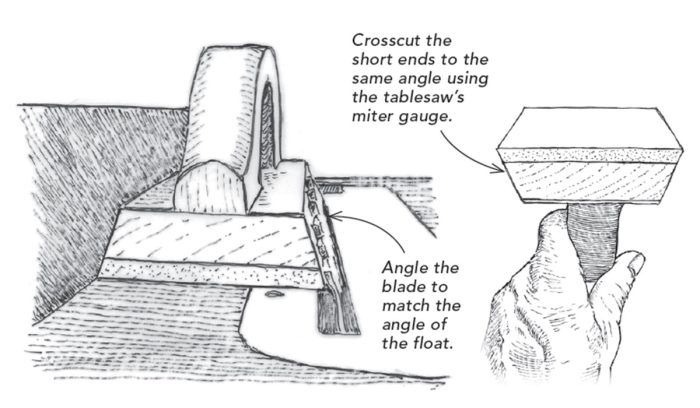
The crisp edges of a grout float efficiently press grout into tile joints and squeegee excess grout off the tile surface. As the edges wear and become rounded with use, however, they no longer clean the top of the tiles as thoroughly. This results in wasted grout and extra effort sponging off the excess left behind. At $15 to $20 for a decent gum rubber grout float, the cost isn’t budget busting, so I usually pick up a new float for each sizable tile job I work on.
I started a bathroom floor recently and thought there was a new grout float in my tile tool kit, but there wasn’t. All I had were a few old rounded-over floats I’d been saving to try an idea I had never taken the time to execute—rejuvenating a float’s edges by trimming them on a tablesaw. I already had my tablesaw set up, and there is no time like the present. I adjusted the blade bevel to match the float angle (about 20°) and ripped 3⁄16 in. off each long side. To avoid a kickback, I used the miter gauge to trim the two ends. The result was a slightly smaller float with crisp edges that worked as well as a new float. I tuned up three more old floats while I had the saw set up.
—Mike Guertin, East Greenwich, R.I.
Edited and illustrated by Charles Miller.
From Fine Homebuilding #318
RELATED STORIES







